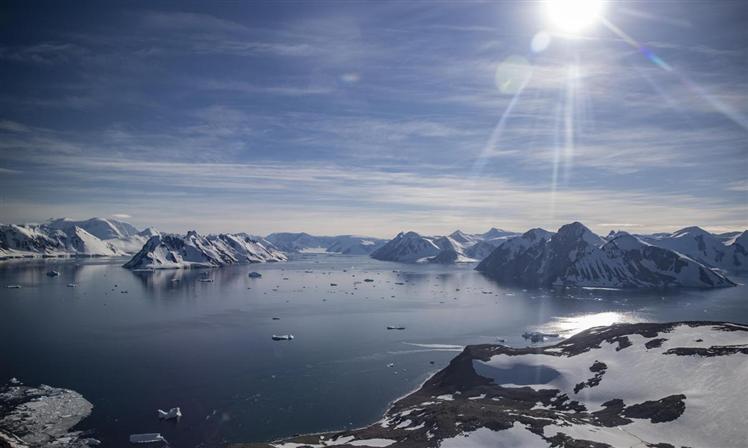According to the journal Science Advances, scientists at the California Institute of Technology (MIT), claimed such a process will contribute to a more rapid sea level rise.
The model accounts for an often-overlooked narrow ocean current along the Antarctic coast and simulates how rapidly flowing freshwater, melted from the ice shelves, can trap dense warm ocean water at the base of the ice, causing it to warm and melt even more.
Scientists argued that a warming atmosphere and warming oceans caused by climate change are increasing the speed at which these ice shelves are melting, threatening their ability to hold back the flow of ice sheet into the ocean.
Such a phenomenon can mean that ice shelf melt rates are 20 to 40 percent higher than global climate model predictions.
¨Whether this mechanism that we’ve been studying is active in the real world, it may mean that ice shelf melt rates are 20% to 40% higher than the predictions in global climate models, which typically cannot simulate these strong currents near the Antarctic coast,¨ specialists said
“Large global climate models don’t include this coastal current, because it’s very narrow — only about 20 kilometers wide, while most climate models only capture currents that are 100 kilometers across or larger. So, there is a potential for those models to not represent future melt rates very accurately.” Ice shelves are outcroppings of the Antarctic ice sheet, found where the ice juts out from land and floats on top of the ocean. The shelves, which are each several hundred meters thick, act as a protective buffer for the mainland ice, keeping the whole ice sheet from flowing into the ocean (which would dramatically raise global sea levels).
pll/jcm/joe









